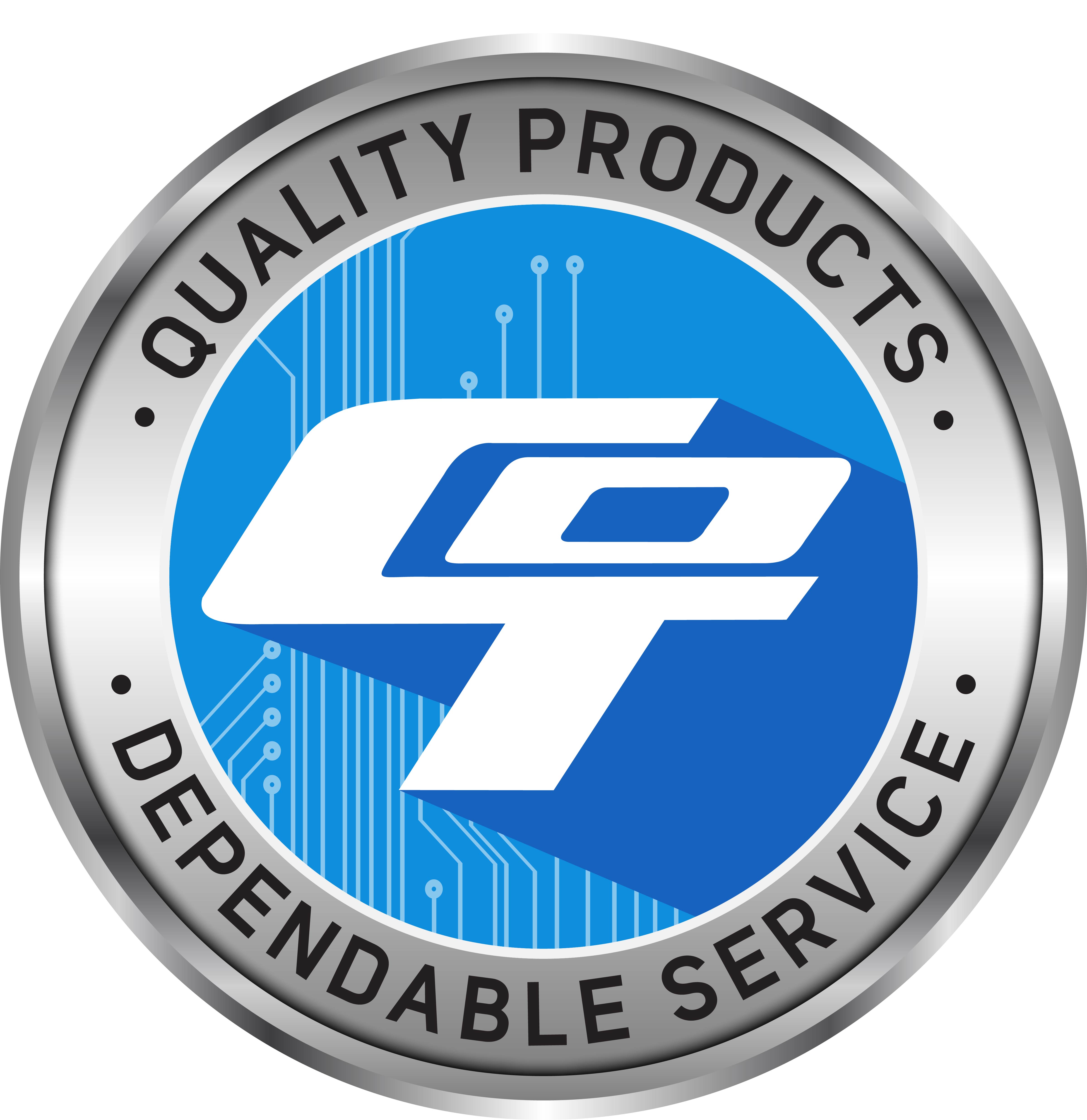Technical Library | 2013-01-17 15:37:21.0
A problem exists with electroless nickel / immersion gold (ENIG) surface finish on some pads, on some boards, that causes the solder joint to separate from the nickel surface, causing an open. The solder has wet and dissolved the gold. A weak tin to nickel intermetallic bond initially occurs, but the intermetallic bond cracks and separates when put under stress. Since the electroless nickel / immersion gold finish performs satisfactory in most applications, there had to be some area within the current chemistry process window that was satisfactory. The problem has been described as a 'BGA Black Pad Problem' or by HP as an 'Interfacial Fracture of BGA Packages…'[1]. A 24 variable experiment using three different chemistries was conducted during the ITRI (Interconnect Technology Research Institute) ENIG Project, Round 1, to investigate what process parameters of the chemical matrix were potentially satisfactory to use and which process parameters of the chemical matrix need to be avoided. The ITRI ENIG Project has completed Round 1 of testing and is now in the process of Round 2 TV (Test Vehicle) build.
Technical Library | 2021-10-20 18:21:06.0
The solderability of the SAC305 alloy in contact with printed circuit boards (PCB) having different surface finishes was examined using the wetting balance method. The study was performed at a temperature of 260 _C on three types of PCBs covered with (1) hot air solder leveling (HASL LF), (2) electroless nickel immersion gold (ENIG), and (3) organic surface protectant (OSP), organic finish, all on Cu substrates and two types of fluxes (EF2202 and RF800). The results showed that the PCB substrate surface finish has a strong effect on the value of both the wetting time t0 and the contact angle h. The shortest wetting time was noted for the OSP finish (t0 = 0.6 s with EF2202 flux and t0 = 0.98 s with RF800 flux), while the ENIG finish showed the longest wetting time (t0 = 1.36 s with EF2202 flux and t0 = 1.55 s with RF800 flux). The h values calculated from the wetting balance tests were as follows: the lowest h of 45_ was formed on HASL LF (EF2202 flux), the highest h of 63_ was noted on the OSP finish, while on the ENIG finish, it was 58_ (EF2202 flux). After the solderability tests, the interface characterization of cross-sectional samples was performed by means of scanning electron microscopy coupled with energy dispersive spectroscopy.
| 1 |

COT specializes in high quality SMT nozzles and consumables for pick and place machines. We provide special engineering design service of custom nozzles for those unique and odd components.
2481 Hilton Drive
Gainesville, GA USA
Phone: (770) 538-0411